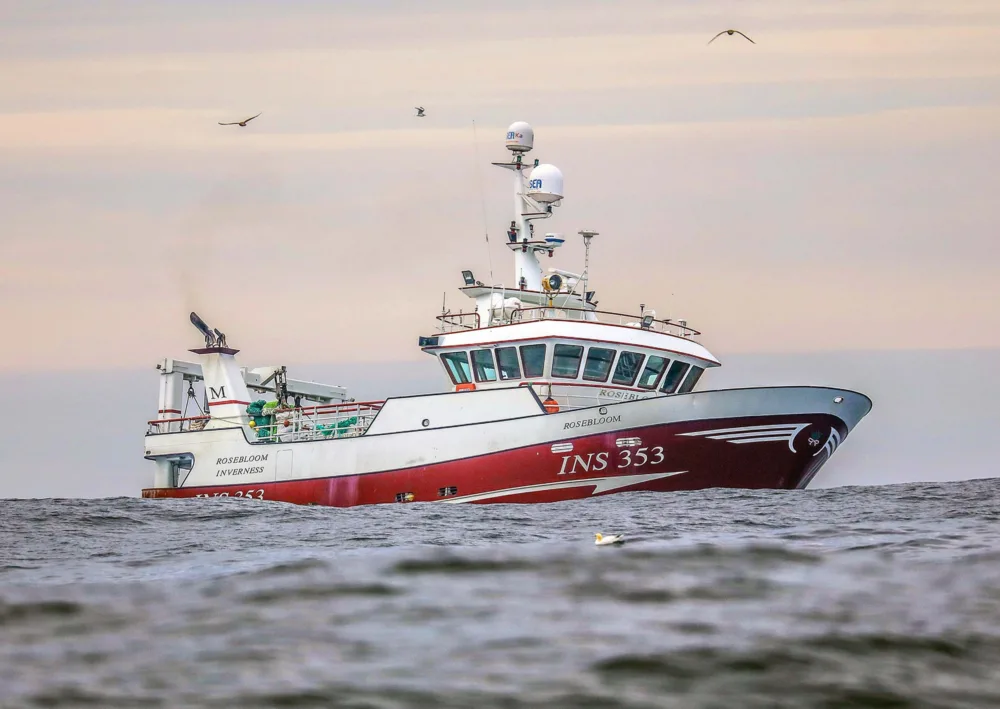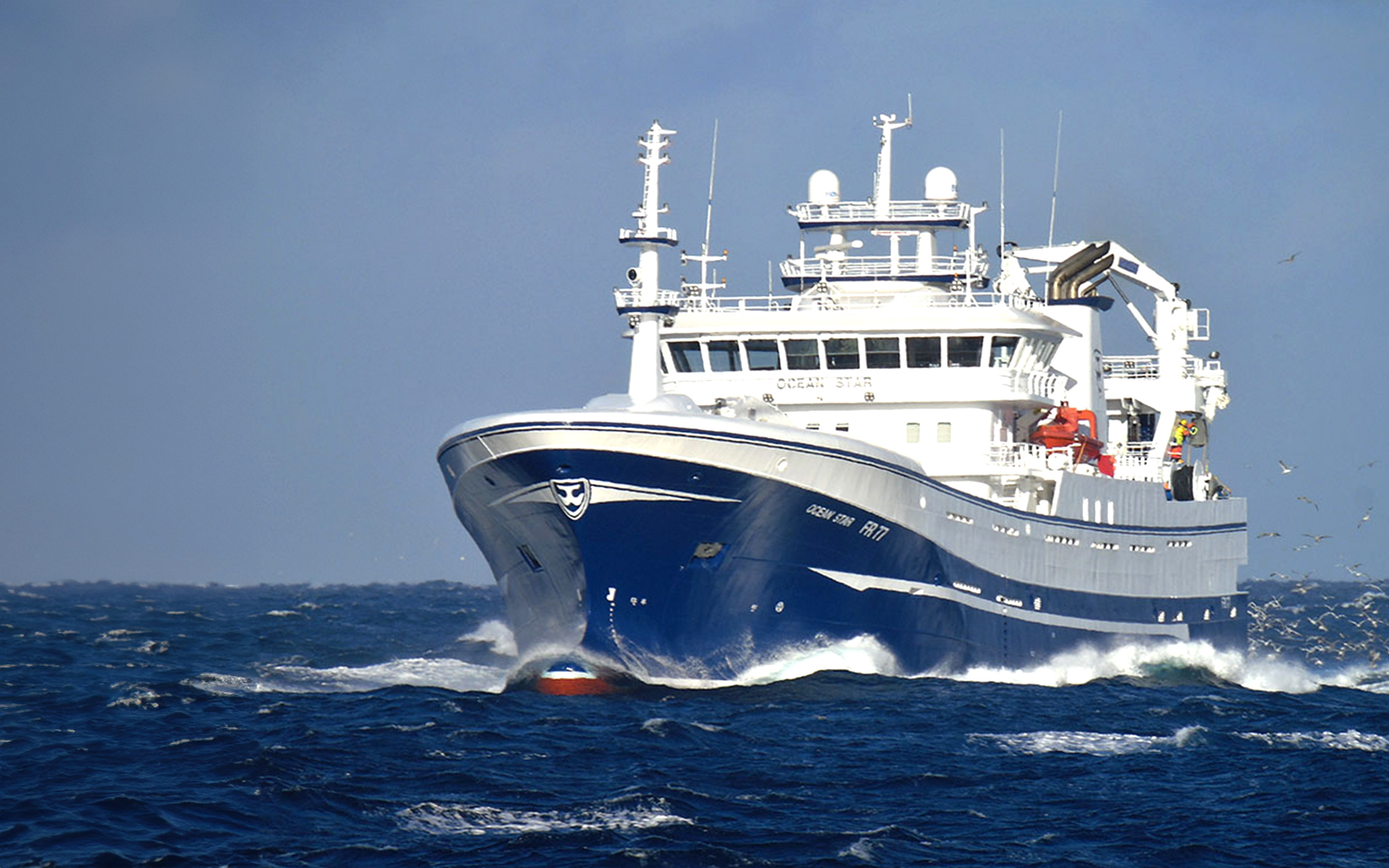Our Fisheries

While SFF doesn’t represent all fishing vessels in Scotland, the SFF membership represents every segment of the Scottish fishing fleet, from the smallest creel boat to large modern pelagic vessels.
Haddock - Cod - Whiting - Saithe - Monkfish
The Scottish whitefish fleet target demersal (bottom-bound) species, using mainly single or twin rig trawling in a single or pair trawler configuration. Whitefish vessels mostly target a mix of species including haddock, cod, whiting, saithe and monkfish. Due to the way that these fish live in our seas, several species are caught together, and this can create practical fisheries management challenges that the fleet has to work within.
The whitefish sector has gone through huge changes over the last 25 years or so, and whilst there are fewer vessels now, there has been significant investment over this period — resulting in a modern fleet with excellent fish handling facilities and a strong focus on safety. This modernisation has resulted in reduced waste, safer working environments and a more efficient way of bringing nutritious and delicious food to our tables.

Mackerel - Herring - Sprat - Horse Mackerel - Blue Whiting
Based in the north-east of Scotland and the Shetland Islands, the Scottish pelagic fishing fleet comprises a relatively small number of large vessels. These vessels target pelagic (midwater) species — mainly mackerel, herring, sprat, horse mackerel and blue whiting. Most of the boats are ‘single trawl’ which means they fish alone, and some fish as a pair (two boats with one net).
Scotland’s pelagic fleet has evolved in response to domestic and global demand for high quality fish products. To meet this demand, Scottish pelagic fishing boats are modern, efficient and highly sophisticated refrigerated sea water (RSW) vessels. The fish are not touched by human hand until they reach the onshore processing facilities.
Scottish langoustines - Crabs - Lobster - Scallops - Whitefish
The Scottish shellfish fleet is the largest in terms of active vessel numbers, many of which are smaller vessels than those in the other fleet segments. Depending on vessel type, the shellfish fleet uses creels, trawls and dredges to catch a variety of species including Nephrops (also known as ‘Scottish langoustines’ or ‘Norway lobsters’), crabs, lobster and scallops for the live or chilled market. There are two distinct types of boats involved in Scotland’s shellfisheries — small inshore boats working daily trips and larger vessels that work offshore on trips ranging from 2-10 days, depending on area they work in.
Whilst there are some exceptions, west coast and northern isles shellfish fleets tend to have a greater proportion of smaller vessels, many using creels to catch Nephrops, crabs and lobsters. On the east coast, shellfish vessels tend to be larger and work longer trips, landing chilled shellfish — mainly Nephrops, along with a small by-catch of whitefish. There is no creel fishing for Nephrops on Scotland’s east coast, but creels are used widely there for catching crabs and lobsters.
A further part of the shellfish fleet are the nomadic vessels, catching brown crabs or scallops. Those targeting brown crabs use seawater tanks to store their catch before landing. In addition, we have squid fisheries developing that provide a very valuable seasonal fishery for several boats around Rockall as well as in Orkney, the Moray Firth and the Scottish east coast.

Focusing on the personal safety, training requirements and welfare needs of fishermen, SFF works closely with relevant industry organisations to advance safety standards, provide opportunities for training and improve accident prevention.
SFF takes both a proactive and reactive approach to marine science and conservation — exploring opportunities to improve the activities of our Constituent Associations and supporting the scientific and conservation communities.
Working with the offshore energy industry to avoid, reduce and mitigate the impact of subsea oil and gas field activity and offshore renewable energy assets on fishing activity in our seas.



